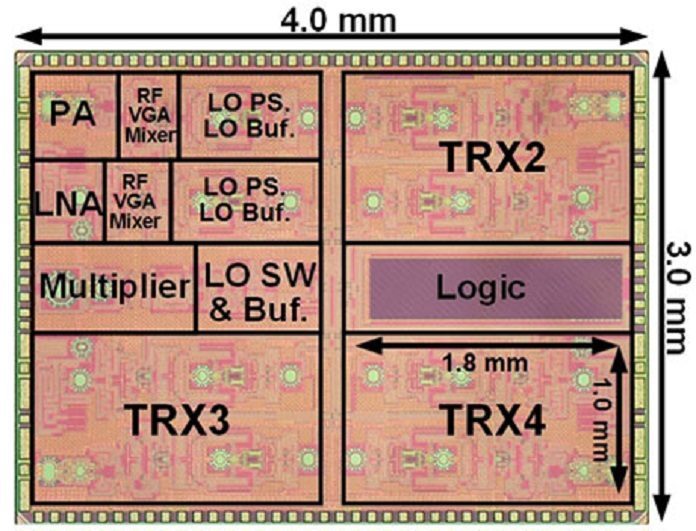The significance of wireless communication is clear in today’s date, and in this manner, a ton of work has been done on 5G communications it is the up and coming enormous advance in mobile networks. The new standard for portable systems guarantees information rates and speeds no less than a request of size higher than those of 4G (LTE) while considering smaller antennas and radio frequency(RF) transceivers because of the higher frequencies utilized.
Most state-of-the-art transceivers designed for 5G employ RF phase shifters. Best in class handsets intended for 5G utilize RF stage shifters. Precise phase shifting is vital on the grounds that it permits the handset to guide the main lobe of the radiation pattern of the antenna array exhibit; in other words, it is utilized to “point” the radio wire cluster towards a particular heading so both imparting closes (transmitter and receiver) exchange signals with the highest power conceivable. Be that as it may, utilizing RF phase shifters achieves certain complications and does not exactly make the cut for 5G.
Motivated by this, a team of scientists at Tokyo Tech, led by Associate Professor Kenichi Okada, developed a 28-GHz transceiver employing a local oscillator (LO) phase shifting approach. The fabricated transceiver trumps previous designs in various regards by taking a new approach for beam steering.
Instead of using multiple RF phase shifters, scientists designed a circuit that allows the transceiver to shift the phase of a local oscillator in steps of 0.04° with minimal error. In turn, this allows for a beam-steering resolution of 0.1°.
The proposed LO phase shifting approach solves another problem of using multiple RF phase shifters: calibration complexity. When attaching on a circuit board measuring only 4 mm × 3 mm using minimal components, it offers the data rate of approximately 10 Gb/s higher than that achieved with other methods, while maintaining a phase error and gain variations an order of magnitude lower.
The results of this study are being presented at the 2018 IEEE Radio Frequency Integrated Circuits Symposium in the RMo2A session.
